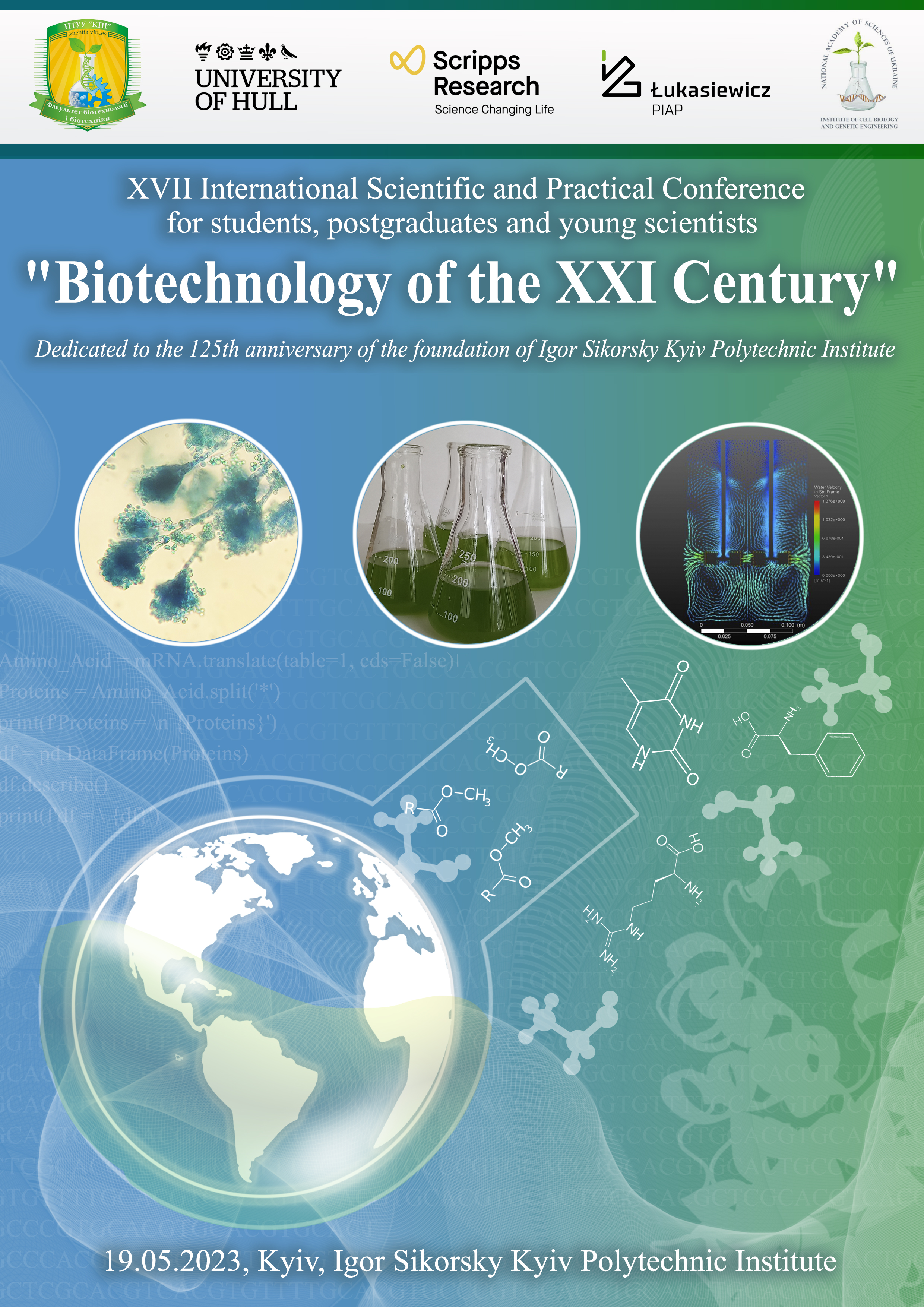SYNERGISTIC EFFECT ON CANDIDA GENUS YEAST OF A MIXTURE OF ANTIFUNGAL DRUGS AND SURFACTANTS, SYNTHESIZED BY ACINETOBACTER CALCOACETICUS IMV B-7241
Анотація
The number of publications devoted to the study of Candida genus representatives causative agents of nosocomial infectious diseases is increasing every year. This is due, first of all, to the spread of their resistant forms, arising against the background of prolonged use of broad-spectrum antibiotics, immunosuppressive therapy, and prolonged catheterization of patients.
Посилання
Lewis J. S., Wiederhold N. P., Wickes B. L, et al. Rapid emergence of echinocandin resistance in Candida glabrata resulting in clinical and microbiologic failure. Antimicrob Agents Chemother. 2013; 57(9): 4559–61. doi: 10.1128/AAC.01144-13.
Perlin D. S., Rautemaa-Richardson R., Alastruey-Izquierdo A. The global problem of antifungal resistance: prevalence, mechanisms, and management. Lancet Infect Dis. 2017;17(12): 383 –92 doi: 10.1016/S1473-3099(17)30316-X.
Arendrup M. C., Patterson T. F. Multidrug-Resistant Candida: epidemiology, molecular mechanisms, and treatment. J Infect Dis. 2017; 216(3):445–51.doi: 10.1093/infdis/jix131.
Lohse M. B., Gulati M., Johnson A. D., et al. Development and regulation of single- and multi-species Candida albicans biofilms. Nat Rev Microbiol. 2018; 16(1):19-31. doi: 10.1038/nrmicro.2017.107.
Pohl C. H. Recent Advances and opportunities in the study of Candida albicans polymicrobial biofilms. Front Cell Infect Microbiol. 2022;12:836379. doi:10.3389/fcimb.2022.836379

